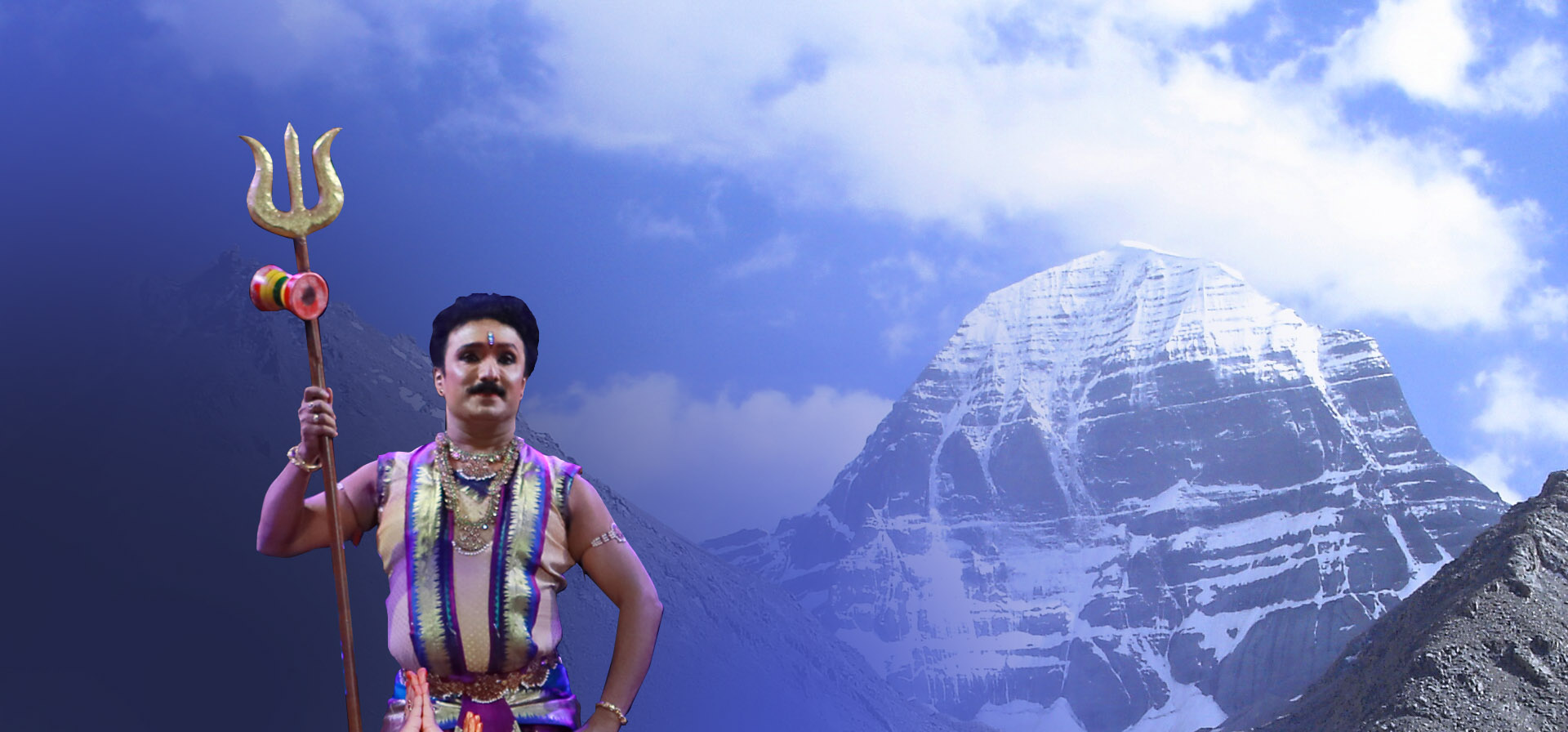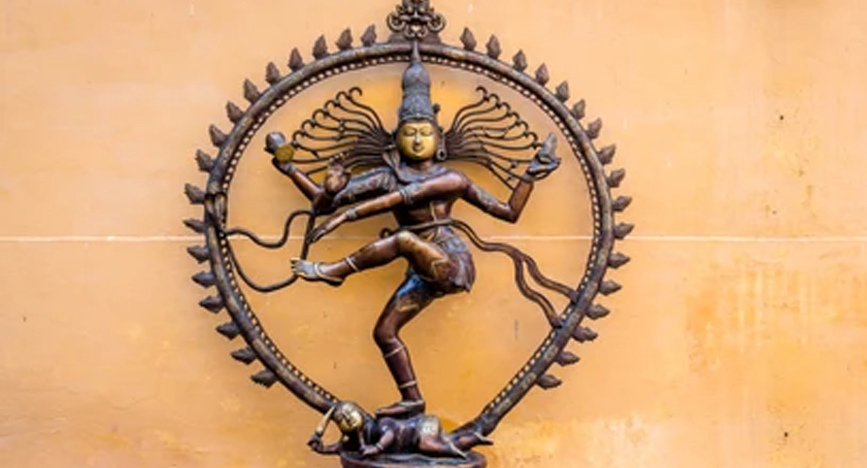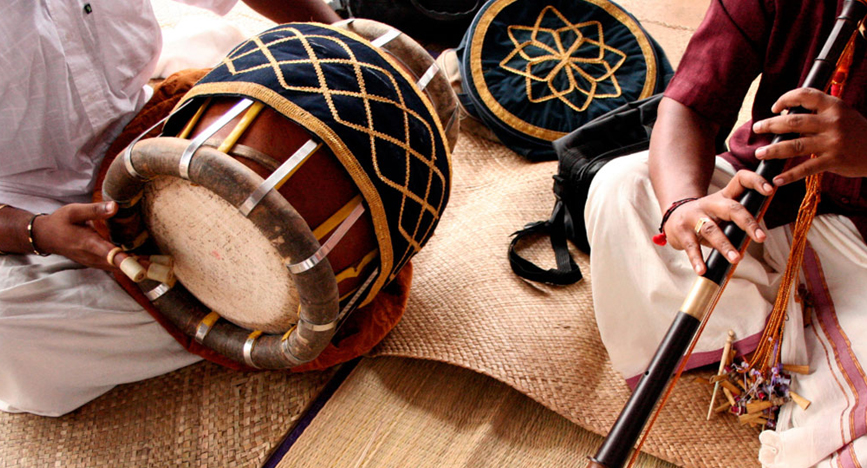TANTRA AND NATYA
Abstract: Tantra has influenced Natya in many ways. While Tantra arose from the Agamas, Natya arose from the Vedas. Acaryalaksanas are more extensive in Tantra than Natya. Hastas are used in Natya to complete the performance and interact with the audience while in the Tantra mudra is used to interact with the murti. Lord Shiva stands as Guru in Natya and Tantra. Dakshinamurthy swarupa of Lord Shiva in Tantra and Nataraja swarupa in Natya adorns Gurustan. When Puja is performed in temples, dance, song, and musical instruments accompany the pujafrom outside. In Natya, the Ashtadikpalakasare worshiped through pushpanjali (an item), while the Dashadhikpalakas are worshiped in Tantra along with the murtis. Mudras are classified in Tantra based on the puja vidhis. In Natya, there are three categories of Asamyutahasta, Samyutahasta,and Nritahasta


